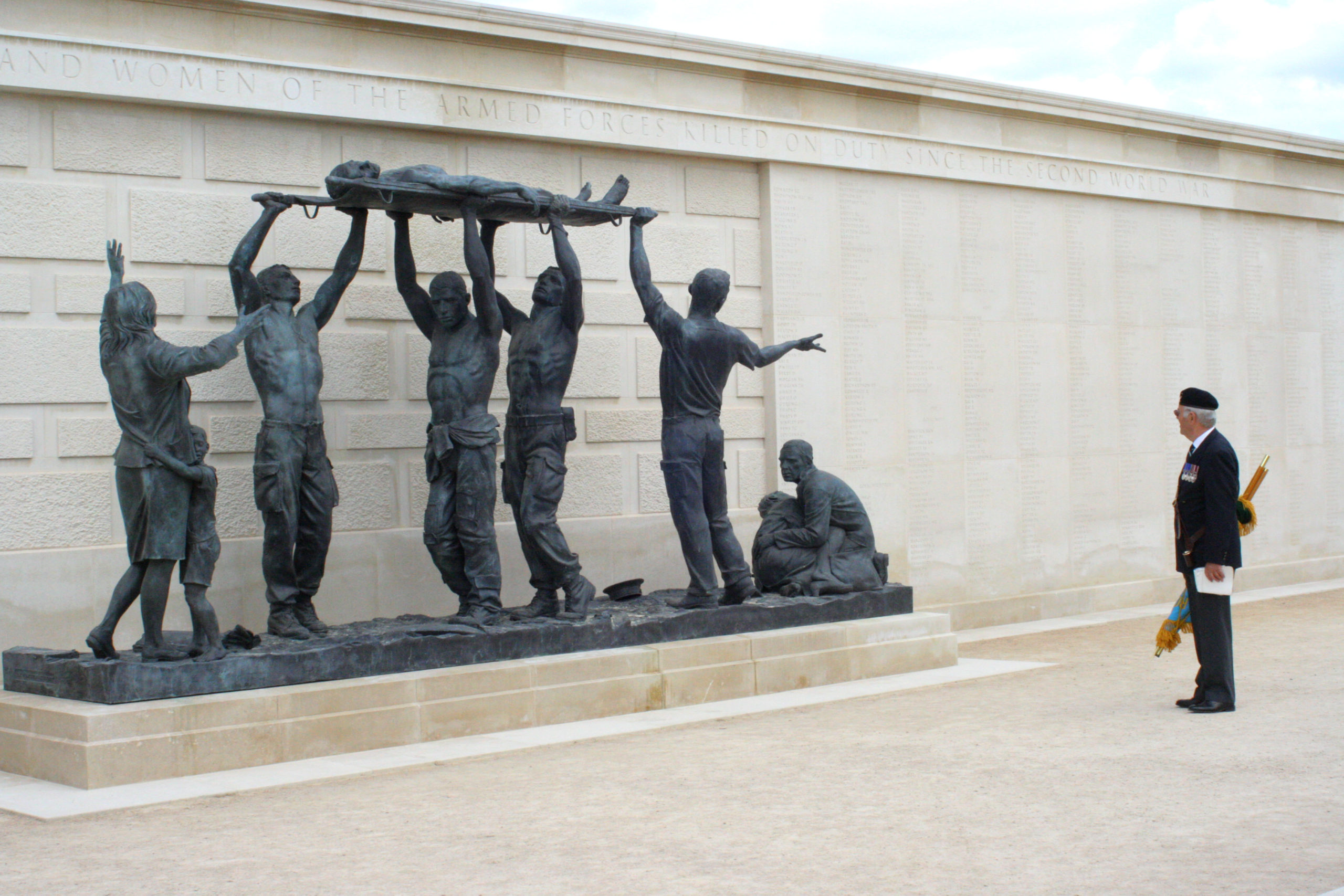
The National Memorial Arboretum
Exploring some of the memorials with South Asian connections at the year-round centre for Remembrance.
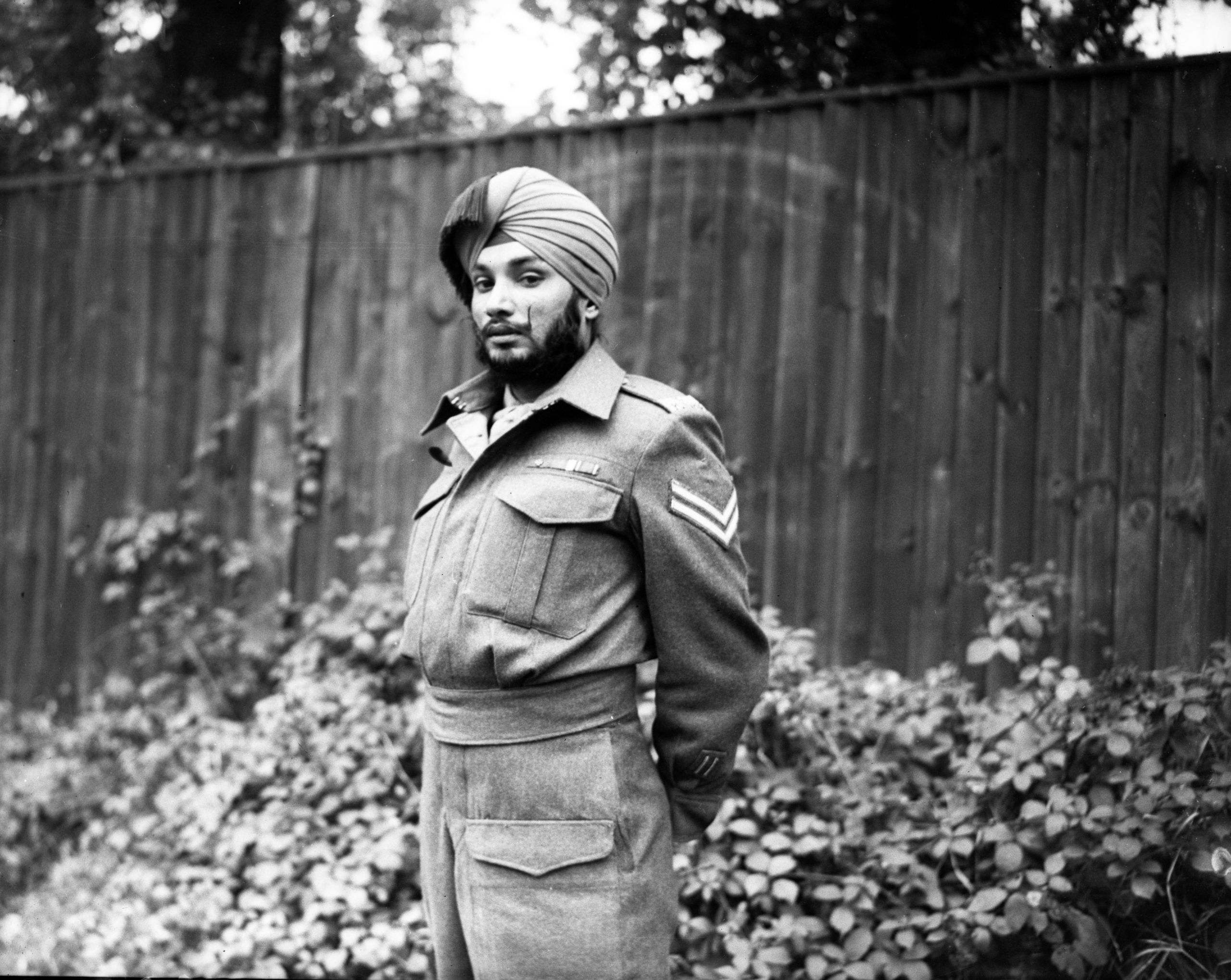
Naik Gian Singh was born on 5th October 1920 in Punjab, India. He grew up in a humble village, surrounded by a tight-knit community. Little did he know that his journey would lead him to become a hero and earn the Victoria Cross (VC), the highest military decoration awarded for acts of valour in the face of the enemy.
Naik Gian Singh joined the British Indian Army and became part of the 4th Battalion, 15th Punjab Regiment. He was deployed to fight in Burma during the Second World War.
In Burma, on 2nd March 1945, the Japanese held a strong position on the Kamye-Myingyan road. Removing the enemy was important as all water supply points were within their stronghold.
Naik Gian Singh oversaw the leading section, encountering well-hidden enemy forces in foxholes, a small pit used for cover, along cactus hedges. Despite being wounded in the arm by enemy fire, Naik Gian Singh fearlessly rushed the foxholes alone, armed with his Tommy Gun. Despite the hail of fire, he pressed on, throwing grenades, and eliminating several enemy personnel, including four in one of the enemy’s main weapons pits.
At this point, a troop of tanks arrived to support the platoon but came under fire from a hidden enemy anti-tank gun. Recognising the danger to the tanks, Naik Gian Singh disregarded his own wounds and rushed forward once again. He single-handedly eliminated the gun crew, captured the weapon, and led his section down a pathway of cactus hedges, clearing firmly held enemy positions. Approximately twenty enemy bodies were found in this area, with many of them falling to Naik Gian Singh and his section.
Following this action, the company regrouped to attack the enemy positions from the rear. Despite his wounds, Naik Gian Singh was ordered to the Regimental Aid Post but requested permission to lead his section until the entire operation was completed. His request was granted.
He was a man with an important task, and he would complete it, regardless of the cost to himself.
It was for this act of bravery and selflessness that he was presented with his Victoria Cross by King George VI, in a ceremony at Buckingham Palace on 16th October 1945.
On 26th June 1956 Singh visited the Royal Military Academy Sandhurst with other Indian, Nepalese and Pakistani holders of the Victoria Cross.
His name is inscribed in the Pavilion of the Memorial Gates in Green Park, London and on memorials dedicated to those who have received the Victoria Cross, serving as a reminder of his extraordinary bravery.
After the War, Singh continued to serve in the Indian Army and retired in August 1969. He passed away in 1996.


Exploring some of the memorials with South Asian connections at the year-round centre for Remembrance.
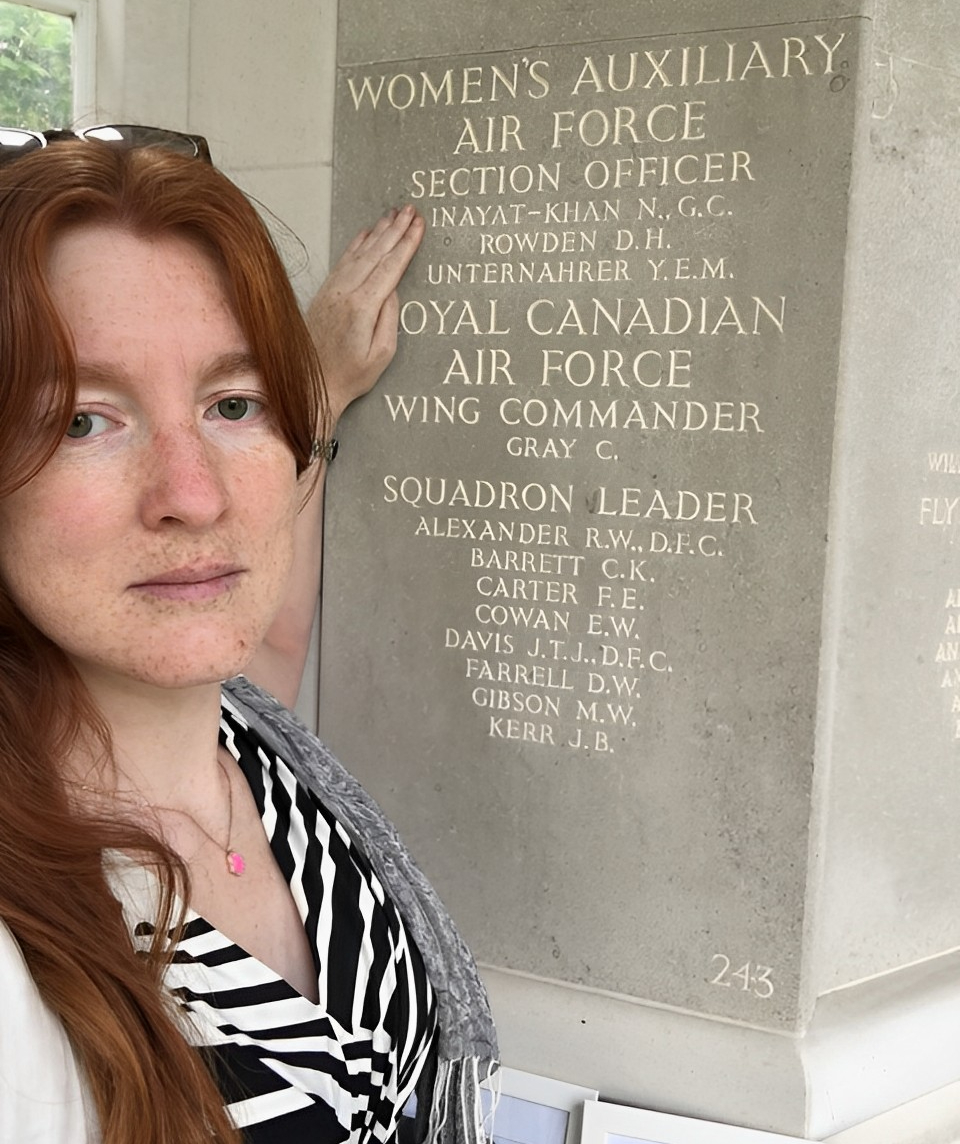
An aviation enthusiast’s special mission to honour a Second World War agent in occupied France.

The Indian Army Memorial Room stands as a tribute to the rich history and enduring spirit of the Indian soldiers of the British Indian Army.
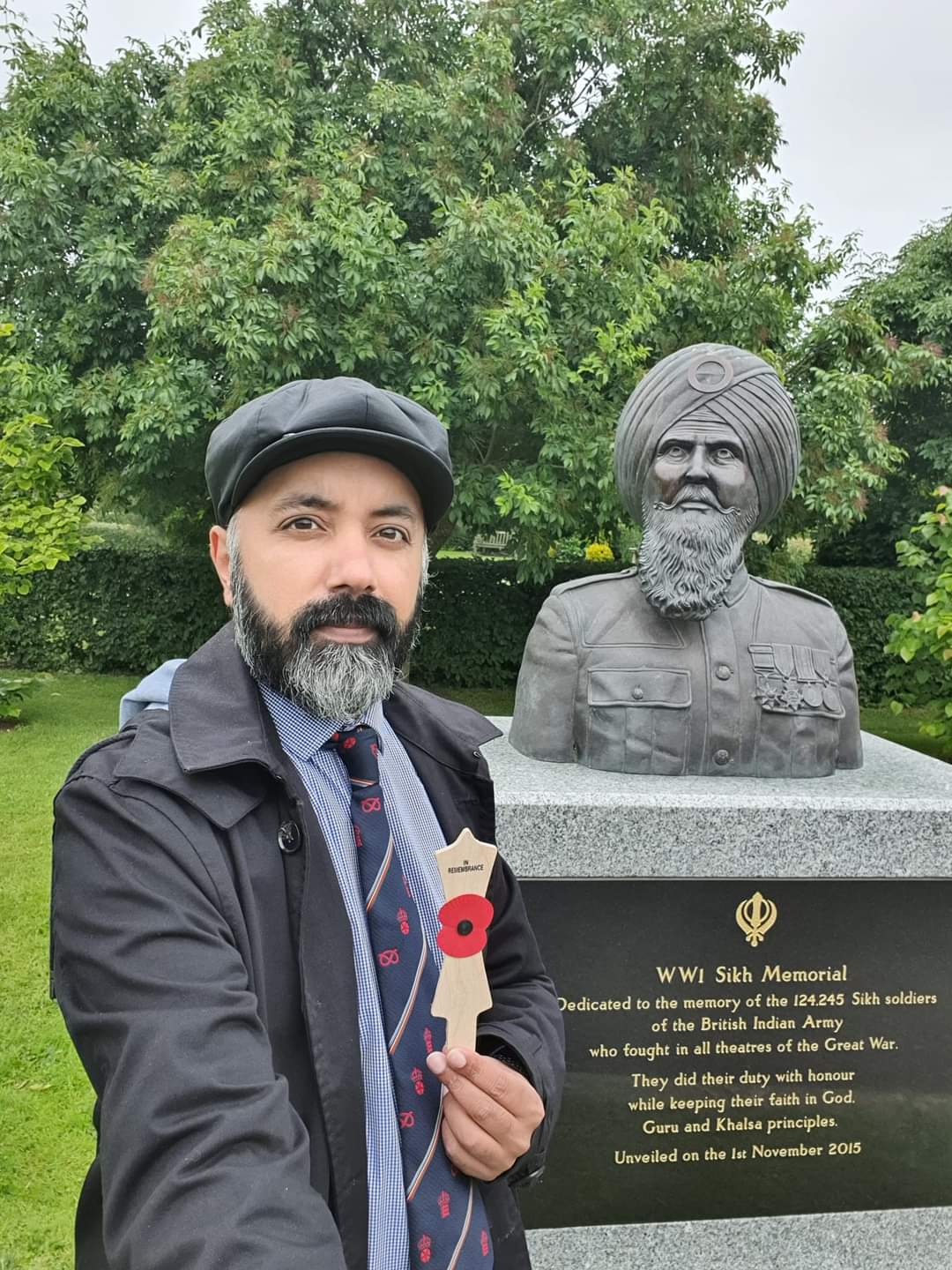
The story behind the tribute to commemorate the service of Sikh members of the Armed Forces.
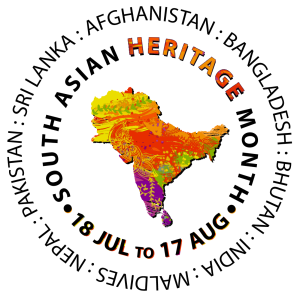
The first of the Trust’s projects is the South Asian Heritage Month (SAHM), which first took place in 2020 and runs from the 18th of July to the 17th of August each year.
SAHM seeks to commemorate, mark and celebrate South Asian cultures, histories, and communities.
It seeks to understand the diverse heritage and cultures that continue to link the UK with South Asia.


© South Asian Heritage Trust | All Rights Reserved